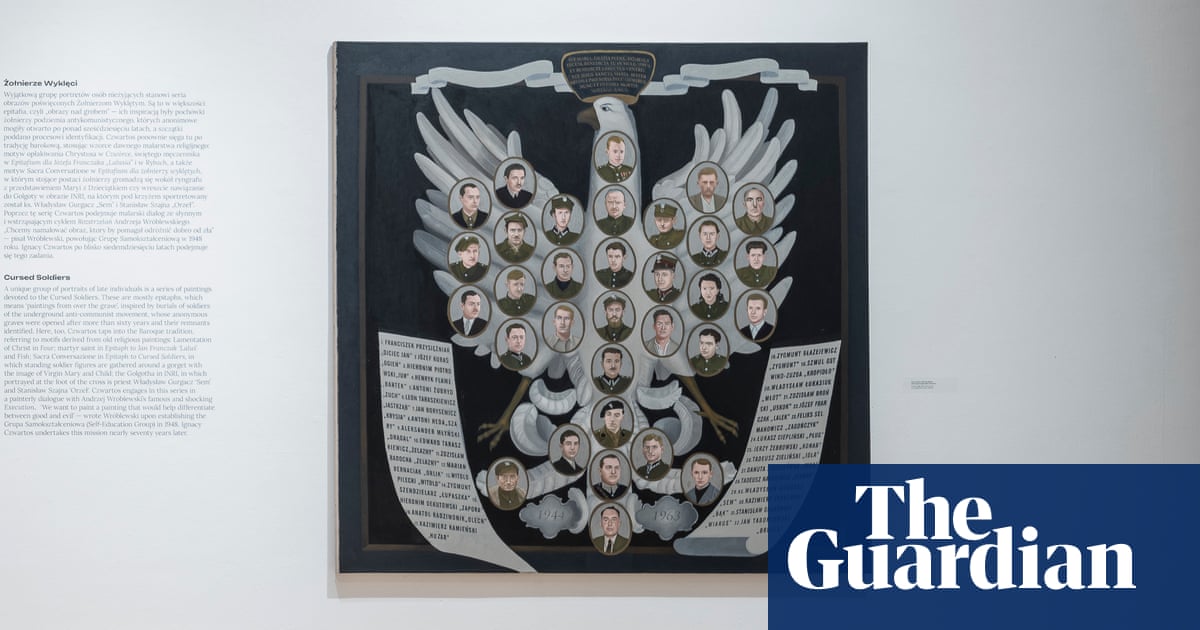
Margaret Atwood has written a new protest poem about the impact of war that will be unveiled at the Venice Biennale on Tuesday.
The poem, shared this weekend exclusively with the Observer, was written to be shown alongside more than 200 works, including the art of painters Francisco de Goya and Otto Dix, in an exhibition designed to emphasise the futility of human conflict.
The work from the celebrated Canadian author of The Handmaid’s Tale is called The Disasters of War: A Sequel and summons up the forces of destruction, fire and violence, in language that likens the experience of emotional loss to the physical damage of war.
Many have travelled far
to the place of fire and blackout,
the time without words.
Some have survived,
though not intact.
No one comes back.
Considering the visible and invisible aftermaths of loss and injury, Atwood, 84, delivers the sombre verdict: “All are lethal.”
Her poem, which will be unveiled in full on Tuesday, takes its name from Goya’s celebrated series of 80 etchings, Los Desastres de la Guerra, completed between 1810 and 1820. An image from the series, Lo Mismo (or The Same), is also displayed in the exhibit, put together by an influential Canadian art patron to run alongside the 60th International Art Exhibition, which comes to the Italian city every other summer.
The show, Beati pacifici, is drawn from the works in the Bailey Collection and is being staged at a church, Chiesa di San Samuele, until September. It has been described by its curator, the wealthy philanthropist and collector Bruce Bailey, as an anti-heroic history of western war art. The works selected trace the chain of conflict through art from the 17th century to the present day, showing the ways artists have found to communicate horror.
Goya’s unflinching etchings set the theme for the show, which also includes a direct response to the work, Disaster of War II, by the controversial British artists Jake and Dinos Chapman. The Spanish artist began his series as a response to Napoleon’s invasion of Spain, but the anti-war sentiments he expressed meant they were not published until 1863. Alongside realistic representations of pain, the caption of one plate reads simply: “Nobody knows why.” Atwood puts a similarly bleak argument in one of her new stanzas:
Damaged people damage people,
and so on.
Also on display will be Jacques Callot’s etching series Miseries of War (1633); a copy of Dix’s 1924 series Der Krieg (The War), influenced by both Callot and Goya, and Marlene Dumas’s group of prints The Fog of War (2006).












